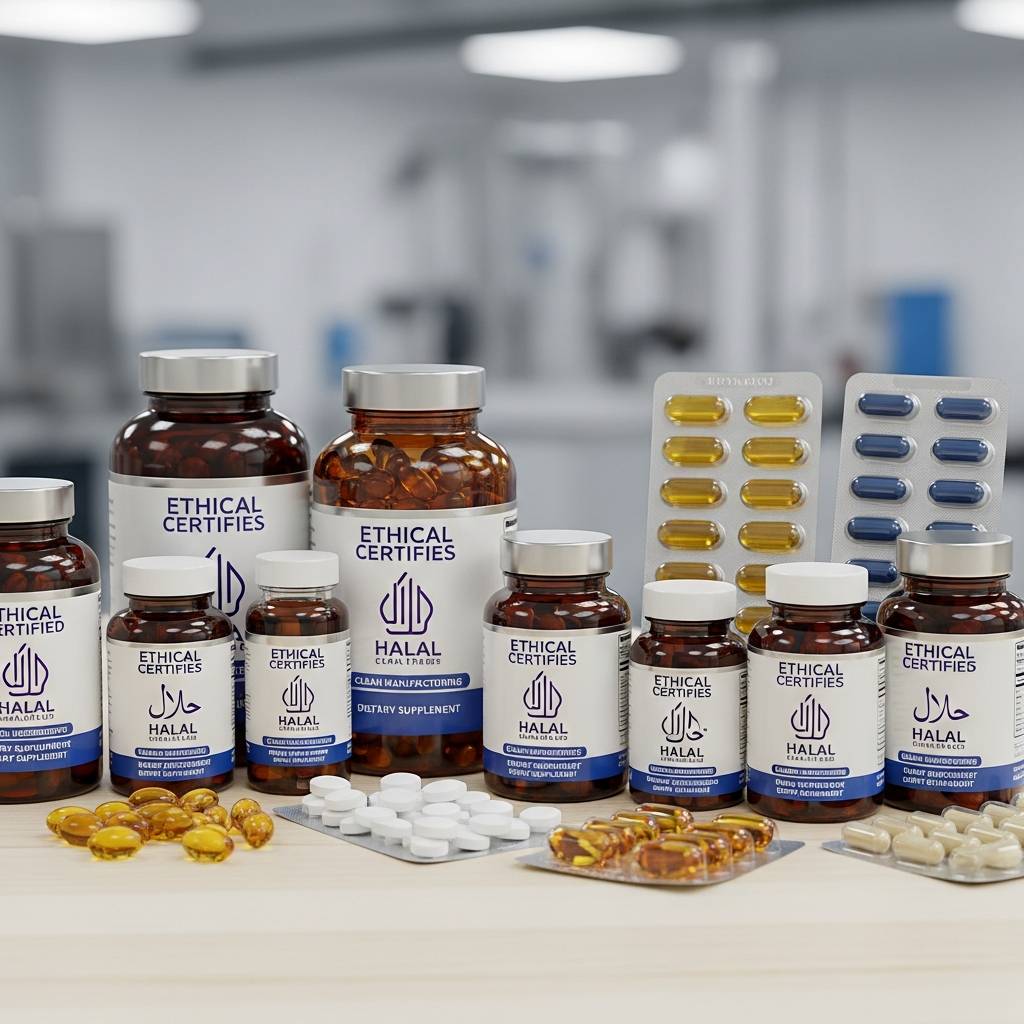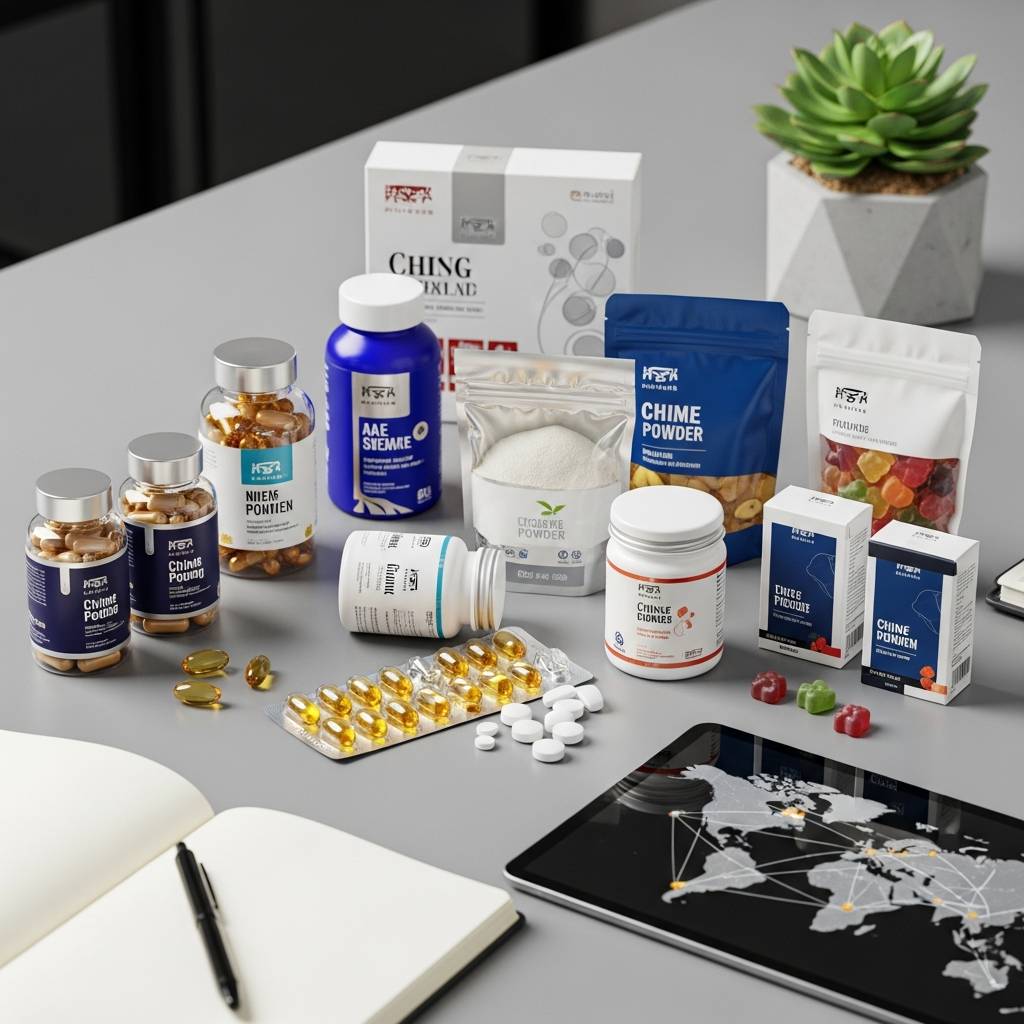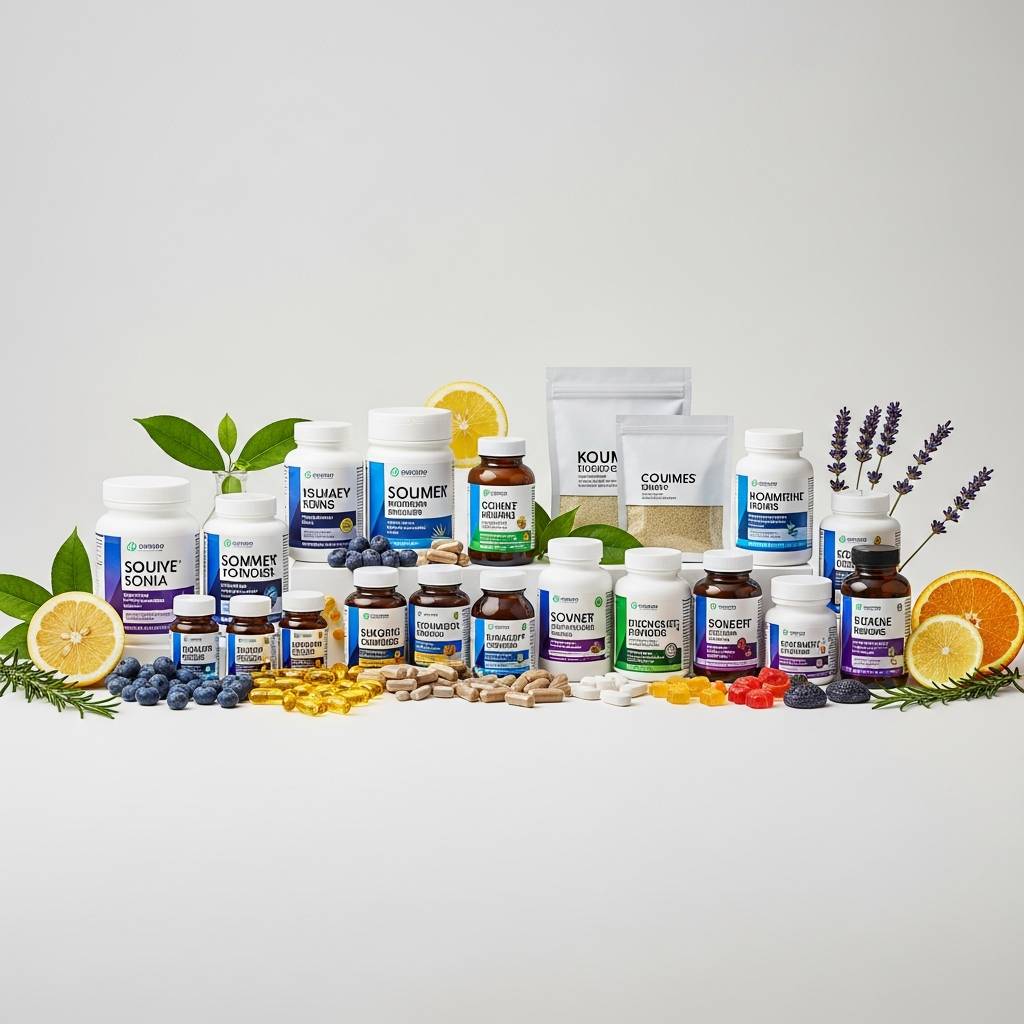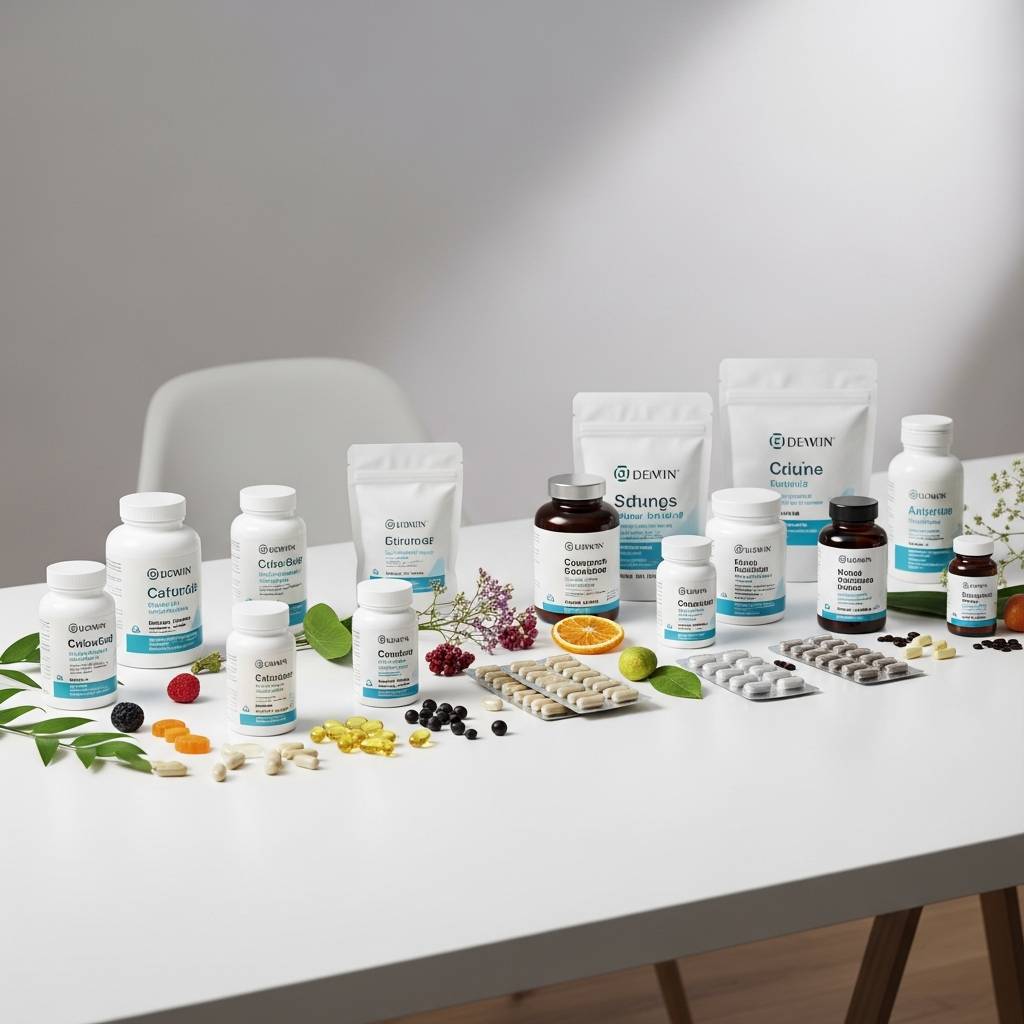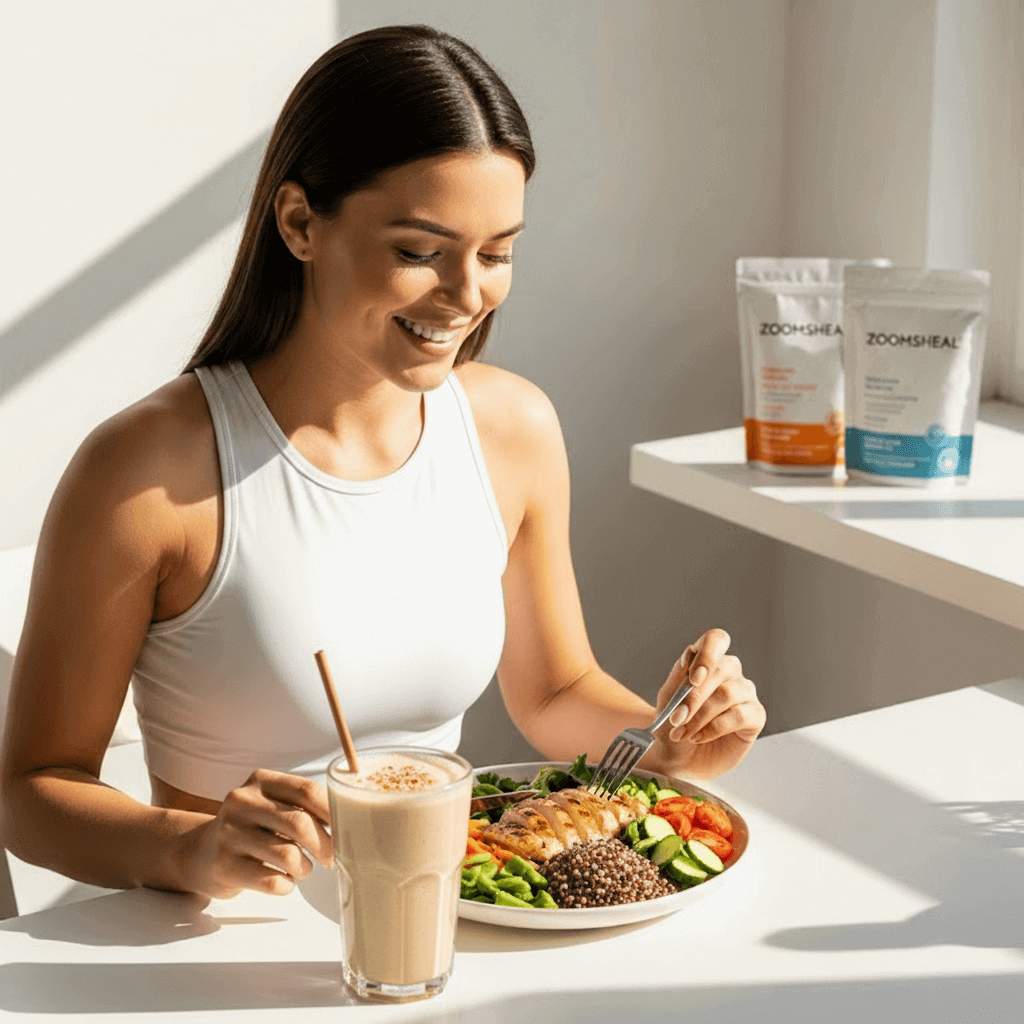For entrepreneurs, choosing the right manufacturer is often more important than the idea itself. Many product launches fail not because the concept was bad, but because the brand could not find a reliable, compliant, and scalable production partner. The wrong factory leads to quality issues, delays, hidden costs, and regulatory penalties. The right one can become a long-term ally, accelerating your growth and even helping with formulation, packaging, and supply chain optimization.
So, how exactly do you go from an idea on paper to a trusted manufacturing partner who can bring it to life? This journey is rarely linear — it requires preparation, due diligence, and constant negotiation. Let’s explore this process from the ground up.
Step 1: Define Your Product and Manufacturing Requirements Clearly
Most first-time founders underestimate how specific they need to be when reaching out to manufacturers. If you only tell them “I want to make a protein powder” or “I need a skincare cream,” you will either be ignored or receive generic quotes that don’t reflect your true needs. Manufacturers are looking for precise briefs.
Imagine you are launching a dietary supplement. Instead of saying “I want to make a vitamin D capsule,” you should prepare a Product Requirement Document (PRD) that includes:
-
Form and dosage: Capsule (vegan/gelatin), 2000 IU per serving, 60-count bottle.
-
Target certifications: Non-GMO, cGMP, Halal-compliant.
-
Packaging: Black PET bottles with tamper-evident seals, English/Spanish bilingual label.
-
Regulatory compliance: Must meet FDA 21 CFR Part 111, labels reviewed against FTC claim guidelines.
-
Testing expectations: Third-party lab results for potency, purity, and heavy metals.
-
Volume: Initial run of 5,000 units, projected 20,000 per month after 6 months.
Why does this matter? A PRD not only tells manufacturers you are serious, but also filters out those who cannot meet your minimum expectations. It also prevents vague promises like “we can make anything,” which often means “we outsource to unknown facilities.”
If you’re not sure how detailed your brief should be, start from the customer backward: what must your product deliver in terms of safety, efficacy, and presentation? Write those down as non-negotiables.
Step 2: Understand Regulatory Requirements Before You Start Outreach
Many entrepreneurs jump into contacting factories without checking the regulatory side first — a mistake that can cost months of rework. Manufacturing rules vary dramatically across regions. A formula that is legal in the U.S. might be banned in the EU or require a completely different approval process in Canada or Australia.
For example:
-
United States: Supplements fall under FDA dietary supplement guidelines, which means your manufacturer must follow cGMP, and claims are tightly restricted to “structure/function” unless backed by approved health claims.
-
European Union: The EFSA regulates ingredients under Novel Food rules. Even common U.S. supplements (like certain herbal extracts) may not be authorized. Labeling rules require specific allergen disclosures and approved claim wording.
-
China: Health foods need “Blue Hat” registration for domestic sales — an extremely lengthy process. If you sell cross-border e-commerce (CBEC), some flexibility exists, but ingredients and dosage must still comply with the CBEC whitelist.
-
Middle East: Markets like Saudi Arabia require Halal certification, and sometimes local lab testing, before customs clearance.
This is why before you even shortlist manufacturers, you should create a Regulatory Matrix — a simple table where you list your target markets, the certifications needed, and any ingredient restrictions.
For example, if your goal is to sell a collagen supplement in the U.S., EU, and Middle East:
-
U.S. → cGMP manufacturer, FDA label review, third-party testing.
-
EU → Manufacturer familiar with EFSA compliance, must adjust claims.
-
Middle East → Must source Halal-certified collagen and provide documentation.
This matrix then becomes part of your selection process. A manufacturer who cannot handle these compliance layers is not truly a partner, just a short-term supplier.
Step 3: Decide Between Domestic, Overseas, or Hybrid Manufacturing
One of the earliest strategic decisions is location. Where your product is made affects quality perception, cost, logistics, and compliance. This isn’t simply about “cheap vs. expensive,” but about brand positioning and long-term scalability.
Domestic manufacturing (e.g., U.S., Europe):
-
Advantages:
-
Easier audits and site visits.
-
Better alignment with local regulatory standards.
-
Shorter shipping times, no customs delays.
-
Stronger “Made in USA” or “Made in EU” marketing appeal.
-
-
Drawbacks:
-
Higher unit costs — up to 30–50% more than Asia.
-
Larger minimum order quantities (MOQs) in some cases because lines are optimized for scale.
-
Less flexibility for highly customized, niche formulas.
-
Overseas manufacturing (e.g., China, India, Southeast Asia):
-
Advantages:
-
Lower per-unit cost, which is critical if you’re operating with slim margins or targeting price-sensitive markets.
-
Wide technical expertise, especially in categories like gummies, softgels, and herbal extracts.
-
Access to unique raw materials (e.g., Ayurvedic botanicals from India, certain fermentation ingredients from China).
-
-
Drawbacks:
-
Greater due diligence required — not all overseas manufacturers maintain strict cGMP compliance.
-
Time zone and language barriers can cause delays.
-
Supply chain risks: geopolitical tension, shipping disruption, and changing tariff rules.
-
Hybrid strategy:
Many successful brands blend the two. For example:
-
Flagship SKUs (like a clinically tested probiotic) are made domestically for quality assurance and premium branding.
-
High-volume, commodity SKUs (like generic vitamin C tablets) are outsourced overseas to keep margins healthy.
-
Some founders even do “dual sourcing” — working with one domestic and one overseas factory for the same product, ensuring backup capacity.
The decision isn’t just about costs. Ask yourself: What story am I telling my customers? If “premium,” “trust,” and “quality” are central, domestic may be non-negotiable. If you’re competing on price, overseas is almost inevitable.
Step 4: Where and How to Find Reliable Manufacturers
Finding manufacturers isn’t as simple as typing into Google. Many of the best ones don’t invest in SEO, and instead rely on reputation, referrals, and trade shows. To build a strong shortlist, diversify your approach.
1. Industry trade shows and expos
Events like SupplySide West (U.S.), Vitafoods Europe (Switzerland), or CPhI (global) are goldmines. You can walk the floor, meet 50+ manufacturers in two days, and see their samples firsthand. Serious suppliers invest in these events — showing they’re established and open to partnerships.
2. Industry directories and databases
-
ThomasNet (U.S. manufacturing database).
-
Kompass (global business directory).
-
Natural Products Association (NPA) members list.
-
NSF Certified Facilities database (for supplement manufacturers).
-
For overseas, Global Sources and Made-in-China can be safer than Alibaba, especially when paired with third-party audits.
3. Professional networks
LinkedIn outreach can be surprisingly effective. Search for “Contract Manufacturing” or “Private Label Supplements” and filter by region. Look for Operations Directors or Business Development Managers — these are the gatekeepers.
4. Referrals and consultants
Talk to regulatory consultants, raw ingredient suppliers, or even other brand founders. The supplement industry is smaller than it looks, and trusted referrals can shortcut months of trial-and-error.
5. Verification through documentation
Once you have names, request key documents upfront:
-
Facility certifications (cGMP, ISO, NSF).
-
Most recent audit summaries.
-
Example COAs (Certificates of Analysis) from recent batches.
-
List of product categories they already produce.
A reliable manufacturer doesn’t hesitate to share these. If they avoid transparency, consider it a red flag.
Step 5: Evaluate Manufacturers in Depth
Once you have a shortlist of potential manufacturers, the next step is rigorous evaluation. This is where most founders fail — relying on price quotes alone. A thorough assessment covers compliance, technical expertise, supply chain transparency, quality systems, and operational reliability.
A. Compliance and Certifications
Check for:
-
cGMP (Current Good Manufacturing Practices) certification. This is mandatory for dietary supplements in the U.S.
-
Third-party certifications like NSF, USP, Organic, Halal, Kosher.
-
Regulatory history: have they faced FDA warning letters, recalls, or import rejections?
Practical tip: ask for recent audit reports. A credible manufacturer will provide documentation from the past 12–24 months. If they resist, it’s a red flag.
B. Technical and R&D Capabilities
-
Can they handle your product format? Not every factory producing capsules can make gummies or liquid shots.
-
Do they offer formulation support or only produce existing formulas? A factory with R&D support can help optimize stability, taste, and bioavailability.
-
Ask for case studies or references — e.g., “We recently produced a probiotic gummy for X brand with shelf-life of 18 months.”
C. Supply Chain and Ingredient Sourcing
-
Are raw materials traceable to approved suppliers?
-
Can they provide COAs for every ingredient batch?
-
Do they use branded ingredients, which can differentiate your product in the market?
D. Quality Assurance and Testing
-
Look for in-process testing, environmental monitoring, retention samples, and digital batch records.
-
Ask about relationships with third-party testing labs. Some manufacturers outsource testing; others maintain internal QC labs. Both are acceptable if results are transparent and verifiable.
E. Operational Reliability
-
Check if they have redundant suppliers and contingency plans for raw material shortages.
-
Ask about average lead times and historical production delays.
-
Evaluate account management: does a single point of contact exist, and how responsive are they?
F. Soft Factors
-
Communication clarity, language proficiency, and willingness to allow facility tours or third-party audits.
-
Transparent discussion of pricing and MOQs.
A manufacturer that passes all these checks isn’t just a factory — they’re a potential strategic partner.
Step 6: RFP and Sample Process — How to Start Production Safely
After evaluation, the next stage is formalizing your requirements and testing the partnership.
A. Creating an RFP (Request for Proposal)
A proper RFP forces manufacturers to respond on equal terms, making comparisons objective. Include:
-
Product brief: as detailed as in Step 1.
-
Regulatory and certification requirements.
-
MOQs, target volumes, and lead times.
-
Packaging specifications: bottles, labels, cartons, multilingual requirements.
-
Testing responsibilities: who covers third-party testing, what parameters, how often.
-
Price breakdown: raw materials, production, packaging, testing, shipping, one-time setup fees.
-
Payment terms and pilot-run policies.
B. Requesting Samples
-
Samples are not just for quality — they reveal the manufacturer’s attention to detail, labeling accuracy, and packaging integrity.
-
Insist on COAs for sample batches, and test for stability, taste, appearance, or bioavailability depending on the product.
-
If possible, run a small pilot batch (even 100–500 units) to simulate real production.
C. Evaluating Samples and Communication
-
Compare each sample against your PRD. Any deviation in labeling, color, size, or weight should be noted.
-
Observe responsiveness: How quickly did they answer questions? Did they explain any deviations transparently?
D. Iteration Before Full Production
-
Use the pilot batch as a learning stage. Adjust formula, packaging, or even supplier selection based on actual test results and feedback.
-
Establish a repeatable checklist for future production runs: COA verification, batch retention, packaging checks, and shipping QA.
Step 7: Pricing, MOQs, and Landed-Cost Calculations
Many founders focus only on the per-unit price when evaluating manufacturers — a critical mistake. The true cost of bringing a product to market includes multiple hidden components.
Common hidden costs include:
-
Mold or setup fees for capsules, gummies, or containers.
-
Artwork and label setup fees.
-
Stability and third-party testing not included in quotes.
-
Storage, insurance, and warehouse handling fees.
-
International shipping, customs duties, and taxes.
Calculating a landed cost ensures you understand the full margin impact.
Example for a supplement:
-
Quoted unit price = $3.50
-
Packaging premium (custom label/bottle) = $0.50
-
Freight per unit = $0.80
-
Import duty per unit = $0.20
Step-by-step:
-
$3.50 + $0.50 = $4.00
-
$4.00 + $0.80 = $4.80
-
$4.80 + $0.20 = $5.00
Landed cost per unit = $5.00. Use this figure to model margins against retail or wholesale pricing.
Negotiation tips:
-
Ask for lower MOQs for initial pilot runs, even if unit costs are slightly higher.
-
Discuss volume discounts and tiered pricing for growth.
-
Request transparency on any additional fees (setup, artwork, or testing).
Step 8: Contracts, Intellectual Property, and Quality Agreements
A strong contract protects your brand, product, and intellectual property. Key components:
-
Scope of Work: Product specifications, batch size, packaging, and formulation.
-
Quality Agreement: Testing frequency, acceptance criteria, COA delivery, and recall procedures.
-
IP Protection: Clarify ownership of formulations and any proprietary processes. Ensure non-disclosure agreements are signed.
-
MOQs and Lead Times: Include penalties or remedies for missed deadlines.
-
Indemnity: Clearly define who bears responsibility for recalls, regulatory violations, or product liability.
-
Insurance Requirements: Product liability, recall insurance, general liability coverage.
-
Termination Clauses: Include plan for transferring production if partnership ends.
Having your contract reviewed by an attorney familiar with manufacturing and product regulation is critical.
Step 9: Pilot Production, Testing, and Release Workflow
Before committing to full-scale production, conduct a controlled pilot. This step ensures quality, regulatory compliance, and supply chain reliability.
Recommended workflow:
-
Development sample for internal evaluation (taste, texture, stability).
-
Small pilot batch (100–1,000 units) to simulate production.
-
Analytical testing: potency, identity, contaminants (microbiology, heavy metals).
-
Accelerated stability tests (e.g., 40°C/75% RH for 3 months) to predict shelf behavior.
-
Packaging quality control: check labels, tamper-evident seals, cartons, and shipping materials.
-
Small market release for real-world feedback.
-
Adjust formula, packaging, or manufacturer selection as needed before scaling.
Keep detailed documentation, including COAs, batch samples, and any deviations.
Step 10: Logistics, Trade Terms, and Warehousing
Even the best manufacturer is only part of the journey. Planning for logistics ensures smooth delivery to customers.
Incoterms matter:
-
EXW (Ex Works): Buyer assumes maximum responsibility — cheapest for seller.
-
FOB (Free on Board): Manufacturer delivers to port; buyer handles freight.
-
DDP (Delivered Duty Paid): Manufacturer handles shipping, customs, duties — easier for the buyer but higher cost.
Warehousing and fulfillment:
-
DTC brands: integrate with 3PLs or Amazon FBA for storage and order fulfillment.
-
Retail: ensure proper palletizing and labeling standards.
-
Customs: proper HS codes, documentation, and labeling prevent delays and fines.
Pro tip: maintain backup inventory for high-demand SKUs and stagger shipments to prevent stockouts.
Step 11: Key Performance Indicators (KPIs) to Manage Your Manufacturer
Managing a manufacturer is not just about contracts and orders — it’s about continuous performance tracking. Setting KPIs helps ensure accountability and predictability.
KPIs to track:
-
On-time delivery rate (%) — target ≥ 95%
-
Batch failure rate (%) — target ≤ 1–2%, depending on complexity
-
COA compliance rate (%) — percent of batches meeting all specifications
-
Lead time variance — difference between promised and actual lead time
-
Cost variance — per-unit cost vs quoted cost
-
Response time to critical issues — hours or days
Review KPIs monthly during the first 6 months, then quarterly once operations stabilize. Use them as the basis for improvement discussions, contract renewal, or renegotiation.
Step 12: Red Flags and Risk Mitigation
Even a seemingly reliable factory can pose risks. Watch for these red flags:
-
Reluctance to provide COAs, audit reports, or facility tours.
-
Unrealistically low MOQs or prices that seem “too good to be true.”
-
High staff turnover in key roles — inconsistent communication.
-
Refusal to maintain retention samples or allow third-party testing.
Mitigation strategies:
-
Require third-party lab testing for initial batches.
-
Perform background checks and request client references.
-
Use staged payments tied to milestones (e.g., sample approval, pilot completion).
-
Maintain a secondary supplier for critical raw materials.
Step 13: Negotiation and Long-Term Partnership
Negotiation is not one-time; building a strategic partnership ensures sustainable growth.
Tips:
-
Offer forecast visibility or multi-year commitments in exchange for better pricing.
-
Agree to a pilot run at higher per-unit cost with volume discounts for future orders.
-
Secure first-right refusal on capacity expansion for scaling your brand.
-
Co-invest in line modifications or packaging changes to ensure better quality and efficiency.
A manufacturer that understands your growth plans becomes more than a supplier — they become an extension of your team.
Step 14: Tools, Third-Party Resources, and Outsourcing Options
If managing manufacturing end-to-end is daunting, consider leveraging third-party solutions:
-
White-label suppliers: quick to market but less customization.
-
Private-label fulfillment partners: provide turnkey production and packaging.
-
Regulatory consultants: help navigate complex multi-market compliance.
-
Third-party labs: ensure independent quality testing.
-
Software tools: ERP, PLM, and supplier portals help centralize communication and monitor production.
These resources reduce risk and save time while maintaining control over quality and compliance.
Step 15: Quick Checklists and Practical Takeaways
Before you finalize your manufacturer:
✅ Product brief completed and detailed
✅ Regulatory matrix for target markets
✅ RFP sent to at least 3 qualified manufacturers
✅ Samples received, COAs verified, and pilot batch tested
✅ Quality agreement and IP clauses signed
✅ Logistics, trade terms, and warehousing finalized
✅ KPI system established for ongoing performance monitoring
Conclusion:
Finding the right manufacturer is not a one-off task — it’s a strategic competency. By investing time upfront in product definition, regulatory mapping, rigorous evaluation, pilot testing, and long-term partnership management, you turn manufacturing from a potential risk into a competitive advantage.
The process may seem complex, but the brands that master it gain consistency, reliability, and the flexibility to scale globally without sacrificing quality or regulatory compliance.
Authoritative References
-
U.S. Food and Drug Administration (FDA) – Dietary Supplements: https://www.fda.gov/food/dietary-supplements
-
European Food Safety Authority (EFSA) – Food and Supplements: https://www.efsa.europa.eu/en/topics/topic/dietary-supplements
-
NSF International – Certified Facilities: https://www.nsf.org/services/by-industry/supplements
-
ThomasNet – Supplier and Manufacturer Database: https://www.thomasnet.com/
-
SupplySide Global Events: https://www.supplysideshow.com/

